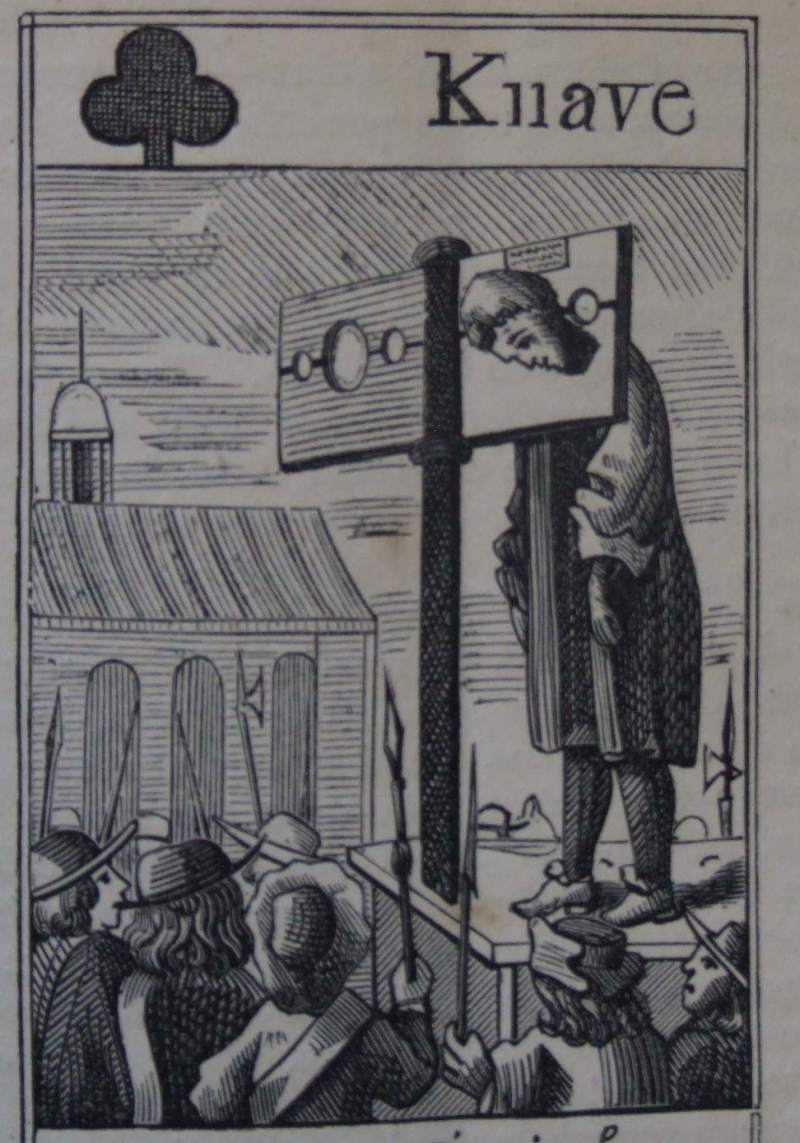During some research I’ve come across a wonderful woodcut engraving of the pillory at Marlborough in an article on obsolete punishments by Llewellyn Jewitt in “The Reliquary” Quarterly Journal, January 1861.

The pillory
The pillory was used for a range of moral and political crimes, most notably for dishonest trading – the modern equivalent of implementing trading standards. Its use dates back to Anglo-Saxon times where it was known as “Healsfang” or “catch-neck”. In
For political offences, such as libel and sedition, further punishment could be inflicted as one’s ears could be nailed to the pillory instead of being locked in by the neck and arms. Afterward the ear was cut off leaving it on the pillory. The most notable case is probably William Prynne (1600-1669), who was born not too far from our county at Upper Swainswick near

The rotating Marlborough Pillory
There is also evidence for its use in other Wiltshire towns. In Devizes in 1615 Nicholas Powell was convicted for deceiving John Smithe of thirty shillings with false letters. He was whipped in the open market “untille his backe doth bleede, and afterwards sett on the pillory.” Again paper was placed on his head displaying the crimes of cosonage (cheating) and obtaining money by counterfeit letters. In around 1661, James Summers was put in the pillory in
Clearly this form of punishment was used by popular demand. In July 1637 the Jury at the Warminster Quarter Sessions complained that “they have neither a cucking [ducking] stool nor pillory and that William Sloper must maintain them & put them up.” This was still a concern for both the citizens and the unfortunate Sloper family thirty two years later in 1669, when Simon Sloper junior was presented to the Quarter Sessions “for not setting up a Pillory and Cookinge stool.”
There were, of course, several other obsolete punishments for relatively minor crimes, including stocks, whipping, burning on the hand or thumb, branding, ear lobe- boring, the stocks, jougs and thumb-pillory to name a few. There were also harsher penalties for serious offences such as drowning, burning or boiling to death, pressing to death, beheading and various forms of hanging, all very gruesome but we may return to some more obsolete punishments in future blogs.
Terry Bracher
Archives & Local Studies Manager
Share this post
About Us
Research Tools
What We Do
Contact us
Wiltshire and Swindon History Centre
Cocklebury Road
Chippenham
SN15 3QN
E: heritageadmin@wiltshire.gov.uk
T: 01249 705500





